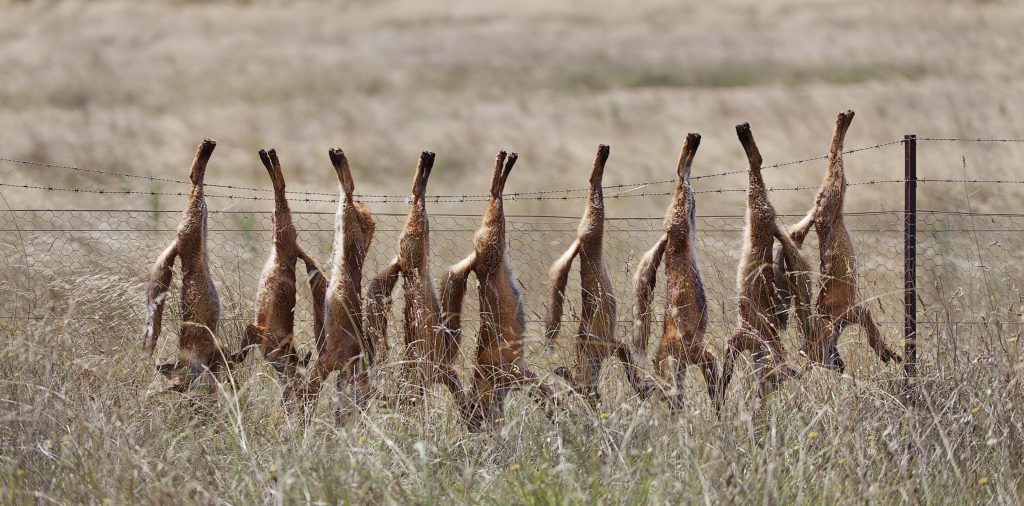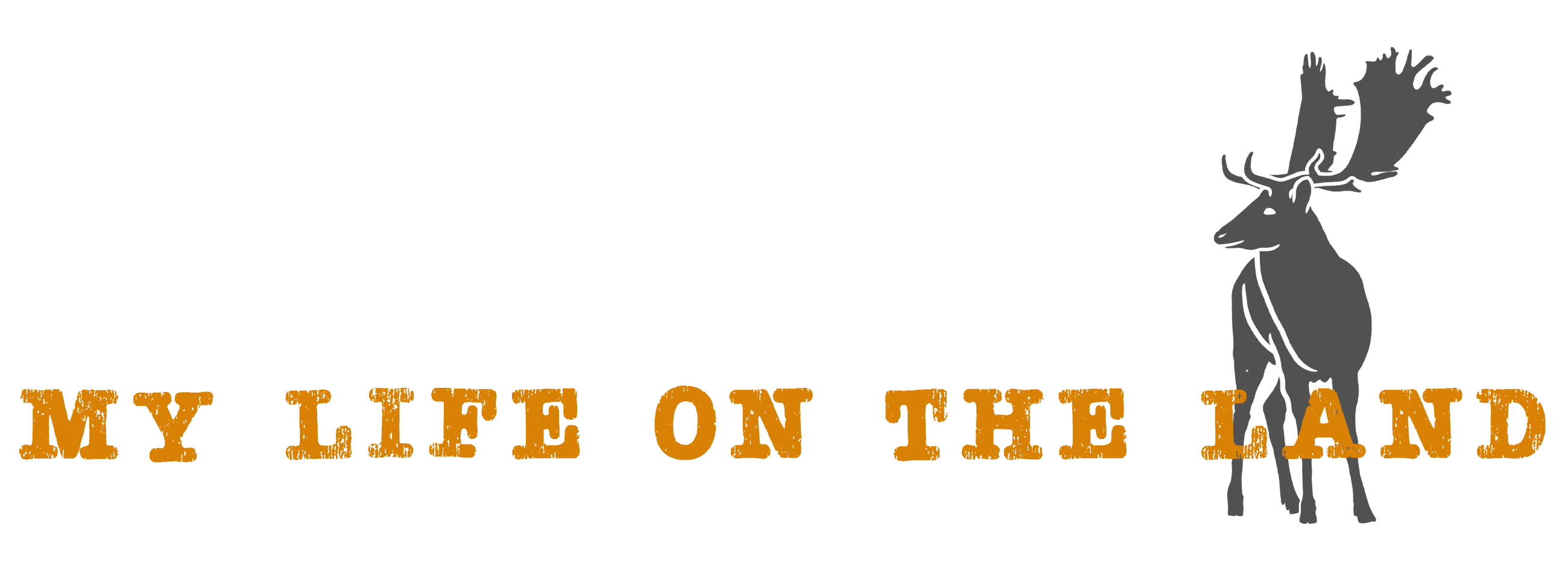In this article, we will attempt to answer some common questions non-hunters have about hunting and whether it is a sustainable and ethical way to eat. We will also look at the impact pest control and crop protection hunting have on food production, and why more people are choosing to hunt for meat.
Where does food come from?
It is a simple question but one that seemingly confuses a lot of people. There is a strange paradox growing in society: the more advanced we become as a civilisation, the more detached we become from the reality of our food source. Far too many people have no connection to where food really comes from – and we’re not just talking about kids here. We’ve met full-grown adults that have no idea what steps are taken to get food on their table beyond going to the grocery store to pick it up. It sounds like a silly joke but you would not believe the number of adults who ask us why we hunt for meat and don’t just buy it from the supermarket like everyone else.
This disconnect is also why we’re seeing more people pursue a vegan or plant-based lifestyle. They are genuinely convinced that, by avoiding animal products, they are living a harm free lifestyle. Vegetables and grains don’t come from animals, so in their minds, no animals are harmed in the production of plant-based foods.
Unfortunately, that belief misses a fundamental truth about farming and food production – that for us, as humans, to survive, something else needs to die.

All food production – whether plant-based or animal-based – comes at a cost to animals. Whether you eat meat or live on an entirely plant-based diet, animals must be sacrificed for your food source. Sometimes, the animal is the ultimate food source – as in meat on the plate. More often than not, animals are competitors for your food. This applies to both meat and plant based diets.
Here are three examples of how this works:
- A farmer shoots a fox or predator to keep it away from his livestock.
- A farmer shoots ruminant animals and birds to keep it away from his livestock’s food (pastures).
- A farmer shoots, poisons or traps animals and birds to keep it away from his crops.
So many people who choose a plant based diet conveniently forget or ignore the third example, preferring to focus on those who kill an animal to consume its flesh! But how else do they think vegetables and grain make it to the supermarket looking as good as they do?
In crop farming, animals die at numerous stages of the food production process – from claiming the land and making it arable, to poisoning all forms of bugs and small rodents, to shooting any ruminant animals or birds that compete for that crop, to harvesting and storing that food. Watch video footage of a combine harvester and you’ll see dozens of scavenger birds hovering behind. They’re not there for the grain. They are mopping up the small animals (rabbits, snakes, mice, rats) that get in the way of the harvester’s blades.
Where farmers cannot utilise the services of hunters to protect their crops, they will often turn to poisons like 1080. This has to be one of the most horrific and inhumane ways for an animal to die – yet it is the only option left in the absence of hunting. Poison kills slowly and painfully, often taking days or even weeks. Or worse, it renders them unable to see, in which case they slowly starve to death. A bullet is a much swifter, more humane and ethical way for an animal to die.

Can hunting reduce harm?
There’s a common misconception among animal rights activists and vegans that hunters don’t care about reducing harm to animals. Their logic is that, if we kill animals, we must not care about them. But hunters are not opposed to the concept of ‘do less harm’. In fact, for the vast majority, it’s the very motto that we live by. We know animals must die for food to make it to our plate and so, we try to make food choices that minimise that impact.

Rather than choosing to propagate the mechanised food industry, most of us try to hunt or gather as much of our food source locally as we can. We try to avoid factory farmed meat and highly processed foods that have high carbon footprints.
The key difference is that we often see (first hand) the destruction brought about by vegetable and crop farming as many hunters are the ones called in to shoot the animals competing for that food source.
For our family, we sustainably harvest over 80% of our meat from the wild, and choose locally grown (or grow our own) foods to supplement what we cannot harvest ourselves.

We truly believe that this does the least amount of harm. The animals that we harvest live out the majority of their lives free and wild. We also train hard to ensure that we have the skill required to end their lives quickly and humanely. We use as much of the animal as we can – meat, fur, antlers, bones. Very little, at all, goes to waste. We take only what we can use ourselves, or what can be donated or sold to others for food. Hunters also generate an enormous amount of funds (through tags, licensing, and taxes on our goods and services) that goes directly back in to conserving animal populations.
Where factory farming or pure meat production takes the younger, fitter animals for meat (because their flesh is more tender) – and the deaths caused by vegetable and crop farming are indiscriminate (anything that threatens the crop must go) – hunters generally take the older animals that are well past their breeding prime. And even though the meat is a little tougher, we’re willing to make the sacrifice because we believe that it plays an important role in the conservation of wild animals for future generations.
Unfortunately, hunting has been demonised in social media, and those who partake in it made out to be blood thirsty murderers hell-bent on the destruction of all animals. Anyone who has actually met a hunter knows that could not be further from the truth.

But the downside of that demonisation takes us back to the original point of this article – that far too many people today have no connection to where their food comes from – and no, it doesn’t come on polystyrene trays! We’re breeding an entire generation that is completely reliant on the mechanised food industry for their survival – and we have seen recently the panic created when that supply chain fails. What this ultimately results in is ‘conservation’ policies and decisions being made by people who have no idea of the impacts of their choices because the closest they have gotten to nature is through the sanitised viewing screens of their TV. If they get out to ‘explore’ nature at all, it’s often from a managed path or park, or from behind a high fence.
Our ultimate goal as hunters is to see more people come to see hunting as a sustainable, ethical way to eat.

Let us know if you’d like more information on how to become a hunter yourself. We’d be happy to show you the ropes and help you get started on an amazing way of life that plays an important, integral part in wildlife and animal conservation.
See also

How 55 elephants were killed with kindness
In this article, find out how 55 elephants were killed with kindness in Hwange National Park in Zimbabwe, and how their deaths could have been avoided.

Is hunting under attack?
If you have ever doubted that hunting is under attack, you only have to take a quick look back over our social media posts from the last two months that show numerous examples of inflammatory media headlines, onerous government legislation and discriminatory acts by commercial businesses all aimed at recreational hunting and shooting.


